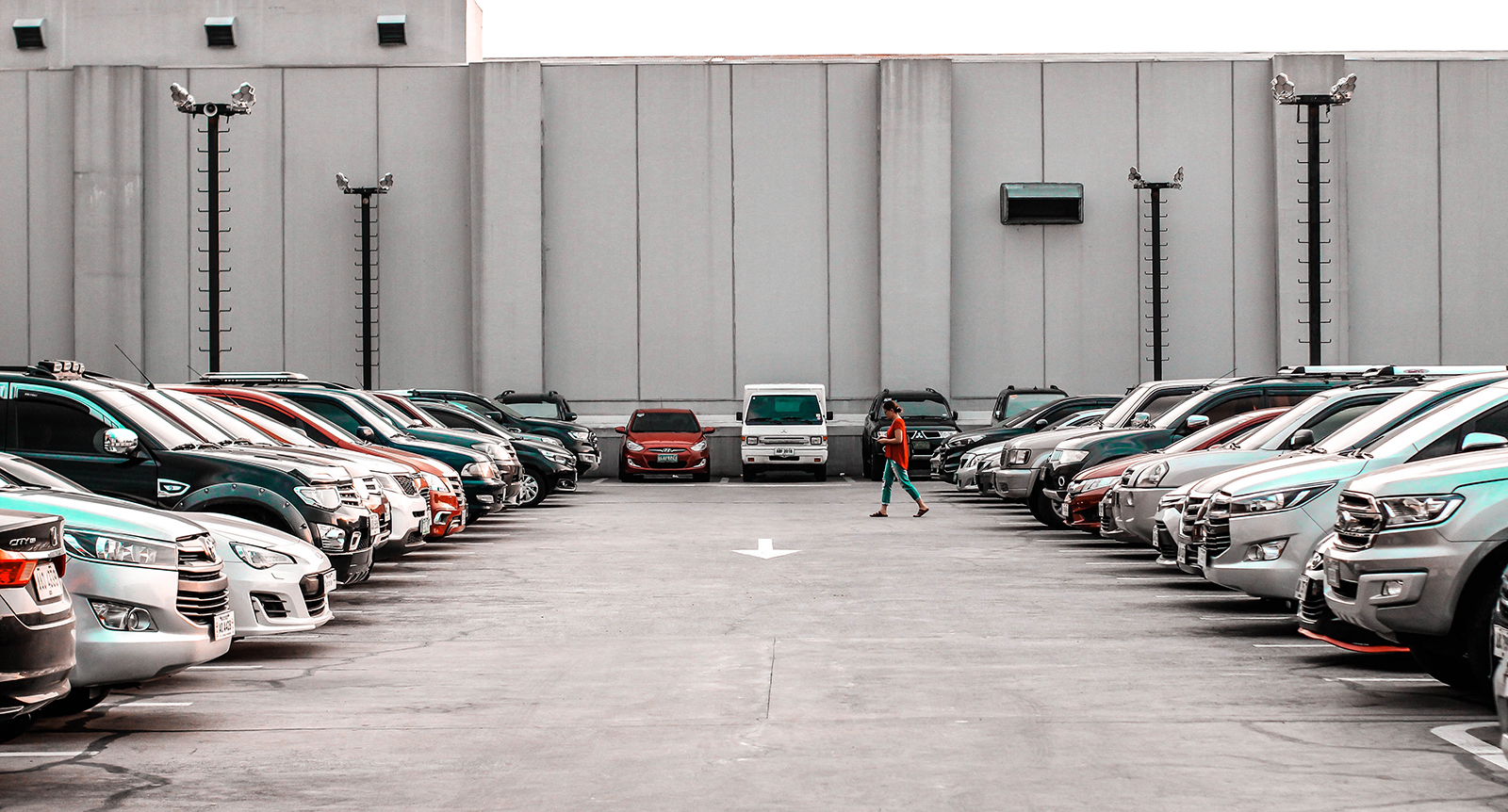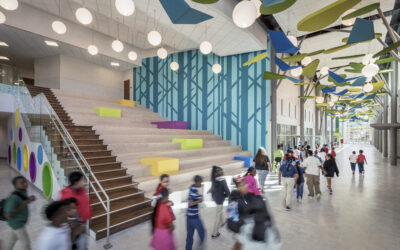In Central Arkansas, there are seas of surface parking lots all around us and nowhere to park. As a community, we need to rethink the need for parking minimums because they limit the development and sustainability of dense, walkable neighborhoods and encourage sprawl and unhealthy behavior. We need to take a sensitive and sensible approach to development.
The purpose of parking minimums is to prevent or alleviate the congestion of public streets and to promote the safety and welfare of the public. This purpose has worked well for the development of automobile-focused neighborhoods and districts, but has contributed to the unintended consequence of a loss of sense of place and overburdened infrastructure construction and maintenance. The shift of personal vehicles becoming the primary source of travel has only occurred within the last 80 years, but has already completely transformed our cities and the way we live.
An easy way to understand how these minimums affect the design of our cities is to compare those older communities in Little Rock, east of University Avenue to those newer communities west of University. As the city develops to the west, the vehicular-based development pattern becomes more prevalent, decentralized, and disconnected.
Parking is required by city code to be provided according to a building’s use and zoning. The requirements are applied differently to residential, office, commercial, industrial, and special use. The biggest challenges occur when trying to create or maintain a walkable dense neighborhood, such as Downtown Little Rock, Hillcrest, Heights, SoMa, or Argenta. An example of such a challenge would be if a national coffee shop chain wanted to open a shop in a storefront in the Stifft Station Neighborhood on Markham Street. Even though there are neighborhoods surrounding these storefronts, and those neighbors would undoubtedly support the shop, it is not allowed by current zoning because there is not enough room for off street parking. Therefore, your options are to demolish a building to make room for parking, go through the process of rezoning and take your chances, or relocate to a part of town where parking can be provided more cheaply and easily. This occurrence happens on a daily basis and is forcing residents to lose those important places that make a city unique, like the local coffee or barber shop.
Such practices, and the potential to demolish adjacent buildings to provide parking for any new or renovated uses, has created a hollowed-out urban district in our downtown and a slew of overlay districts protecting these structures from demolition, but at the cost of making new development even more challenging.
This problem has been challenged across the United States. Organizations such as the Urban Land Institute and Strong Towns.org are addressing these issues and working to implement solutions that address city planning comprehensively as our demographics and resources change. One such solution is the creation of a complete streets policy, which Little Rock has adopted but is not enforced due to its voluntary status.
Some recommendations of how our communities can begin addressing parking minimums are:
- Reevaluate both the parking requirement ratios and process through which variances are granted. Rather than use a minimum, require future development to submit number of spaces needed, how it will be provided, and charge a one-time permitting fee for those spaces.
- Create a parking authority that is tasked to manage public parking and associated infrastructure. Work with the planning department and developers to build parking structures in areas where dense, walkable neighborhoods are desired. Use any funds generated by impact fees, metered street parking, and decks to maintain and improve street and sidewalk infrastructure.
- Encourage mixed-use development of retail, commercial, and residential.
- Increase and improve mobility options such as pedestrian, bicycle, personal vehicle, and public transit.
- Require new construction to meet the adopted complete street policy.
- Develop an app for public parking which can locate available parking and allow mobile payment.
By implementing these changes, we can create revenue for the city, encourage businesses to move into mostly residential areas, and increase walkability in our cities thus creating more vibrant and exciting communities.
This article was originally published in AMP News Online.




